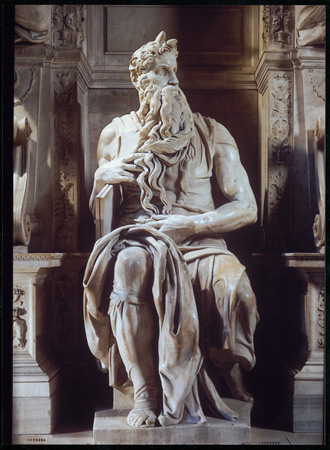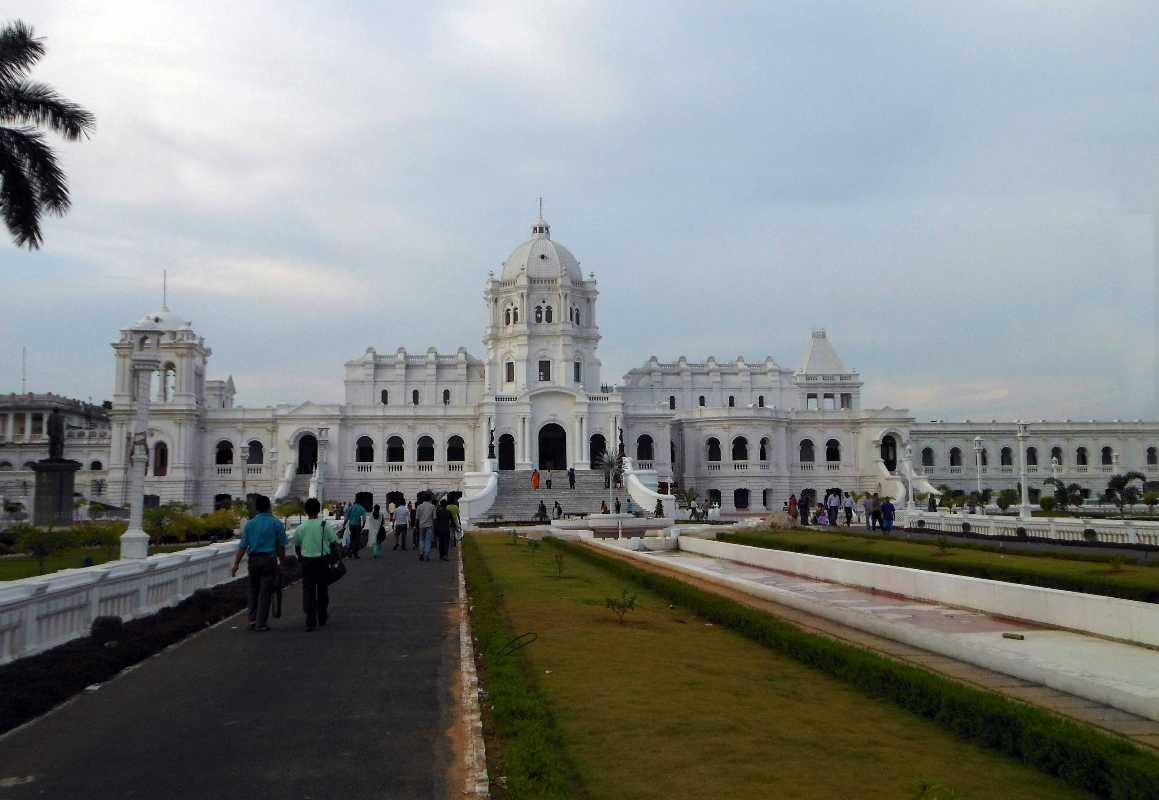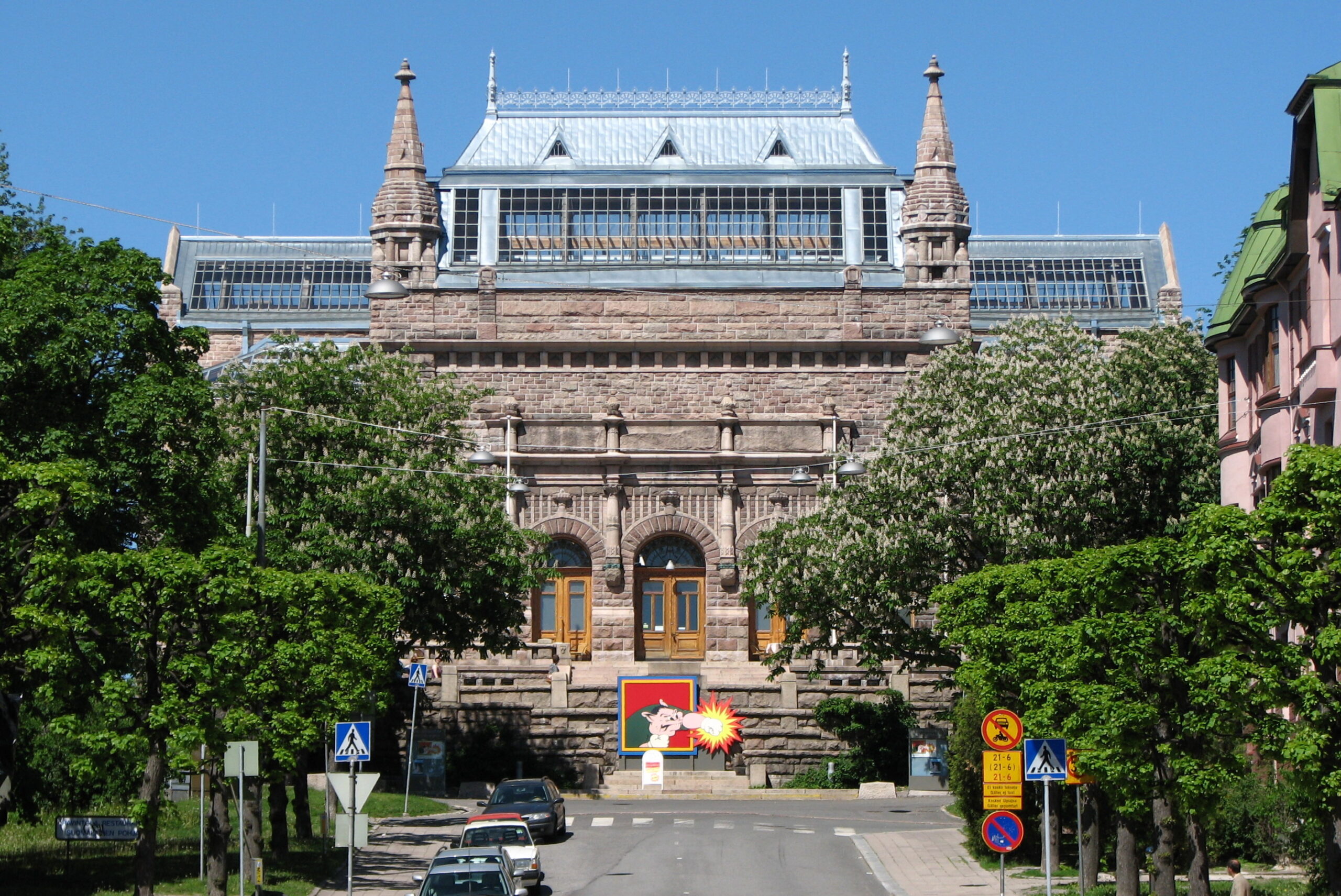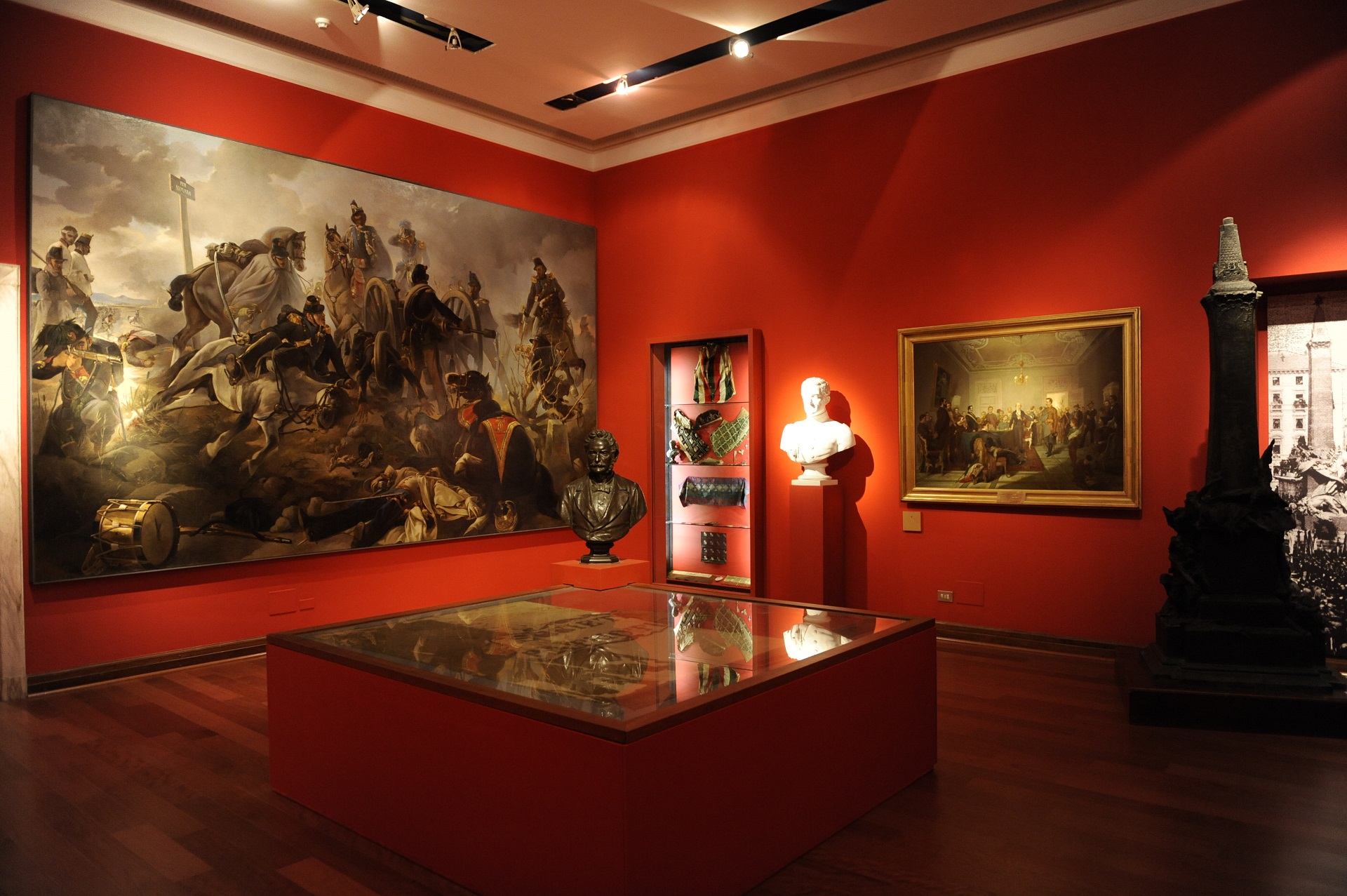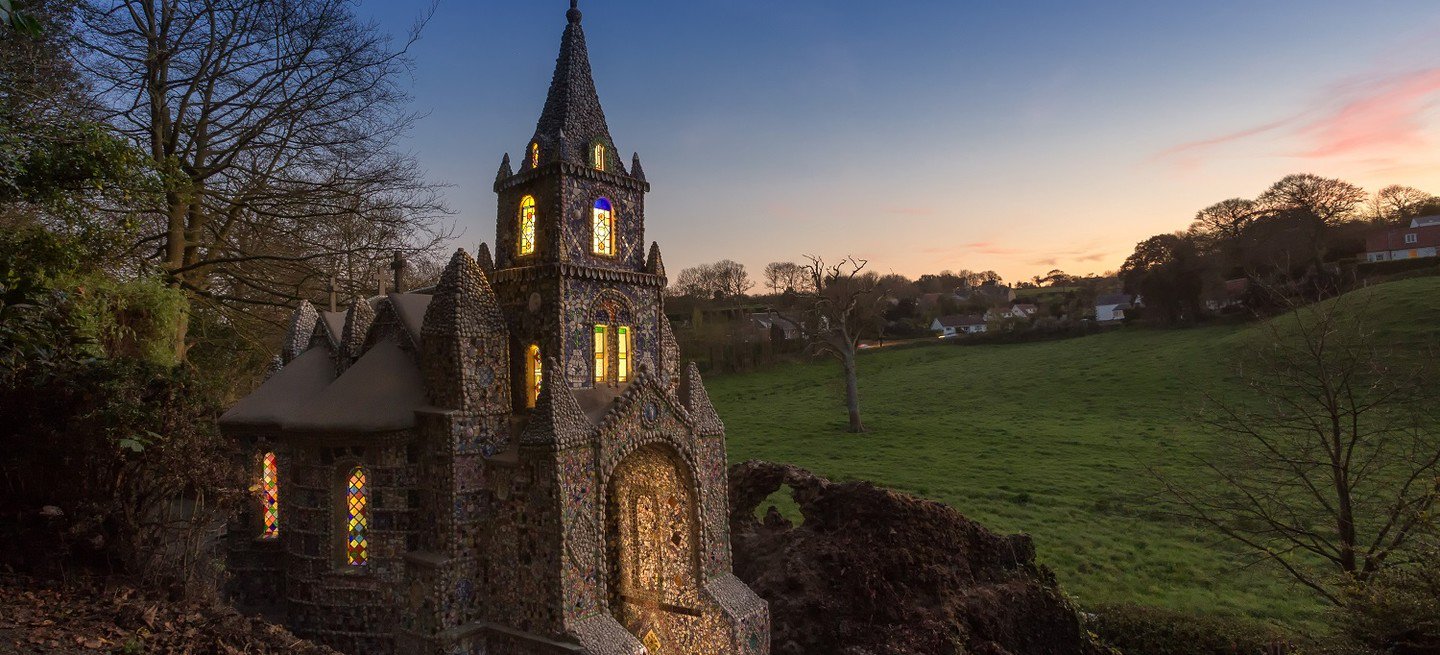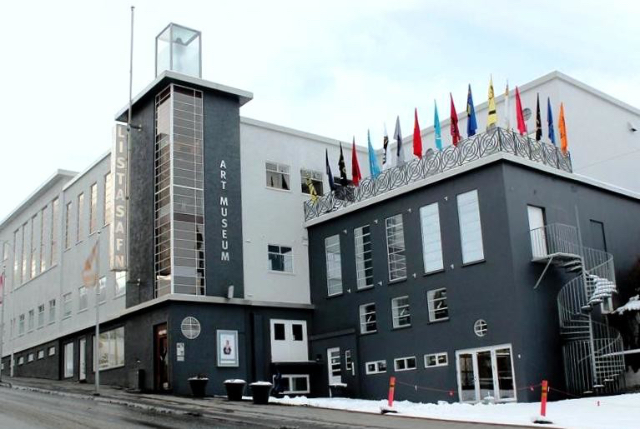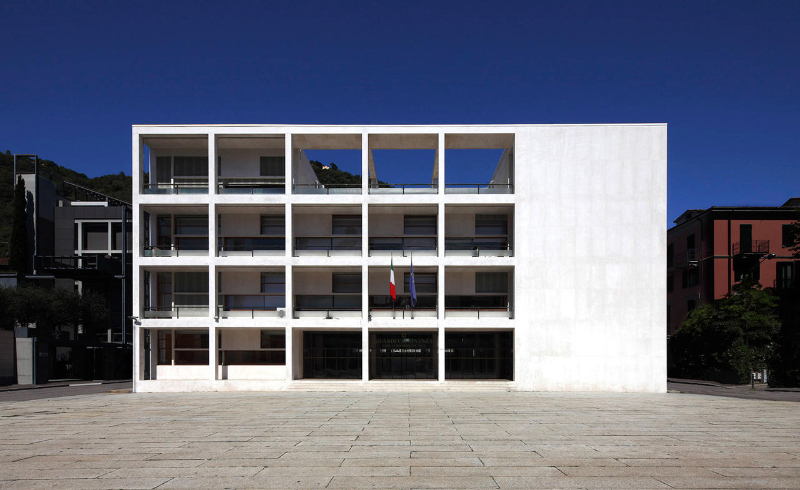It is part of the tomb located in San Pietro in Vincoli, in Rome, built by Michelangelo Buonarroti in 1505 on commission of Pope Julius II, tomb completed in the space of thirty years because of the continuous changes made to the original project. In the first project the tomb was to be a three-storey mausoleum, decorated with forty marble statues and bronze reliefs, with a plan of 11 meters by 7 meters, inside which was the tomb of the pontiff maximum: the Moses was to be a pendant with the statue of St. Paul, as both had received the vision of God.
History
Initially Pope Julius II was so enthusiastic about the project that he ordered the artist to leave for the Apuan quarries to choose the most suitable marbles for such a work. Michelangelo spent eight months in Carrara, from May to December 1505, contracting and transporting, on mules, ships, and finally on rollers and sledges, the most beautiful materials to St. Peter’s Square. So many and so beautiful were they that it became a popular distraction to go and admire them. It is thought that the Moses was one of the first works of the sculptor.[citation needed]Pope Julius II did not like delays, took the decision asked Bramante, the most illustrious architect of those years to design a new church to take the place of the old Basilica Costantiniana, in St. Peter’s Square. It was to be the temple of Christianity, so huge as to contain its equally huge tomb. Julius II, having started the project of what is now St. Peter’s Basilica, lost interest in his majestic tomb, distracted by even more majestic affairs and perhaps misled by other artists envious of Michelangelo.
Michelangelo even went so far as to flee Rome, with the pope having stopped payments and shunned him, and the marbles continuing to arrive that he had to pay for them. He returned only two years later, hoping to get his hands on the Moses again. His expectations were dashed and he was commissioned to do a new work that was a source of frustration for him, including physical frustration, and at the same time perhaps his most famous and acclaimed work, the Sistine Chapel.
A few months later Pope Julius II died, he was succeeded by Pope Leo X, Pope Adrian VI and Pope Clement VII, who even planned to kill him and for Michelangelo there were other obstacles to the completion of the Moses. He often escapes to Florence. Michelangelo understandably comes to say that the Moses is "the tragedy of my life". It had become his obsession. With Pope Clement VII dead, the new pontiff Pope Paul III wants the artist to execute the Last Judgment, but the heirs of Pope Julius II clamor for Buonarroti to finish their ancestor’s tomb.
Pope Paul III realized that Michelangelo was caught between two fires. He persuaded and appeased the pope’s nephew. And he still postponed the completion of the tomb. Once the Judgement was finished, Michelangelo had to resume and finish the Moses. But the Pope wanted him to paint another chapel named after him.
Meanwhile, the years passed, and we must arrive at 1545, just 40 years, to see the work completed. Michelangelo was a vigorous 30 years old and now he is a sad old man of seventy. The heirs of Julius II accuse him of wanting to keep and invest in various affairs the money he received in those forty years. What should have been a superb mausoleum has been reduced to a "miserable" wall.
